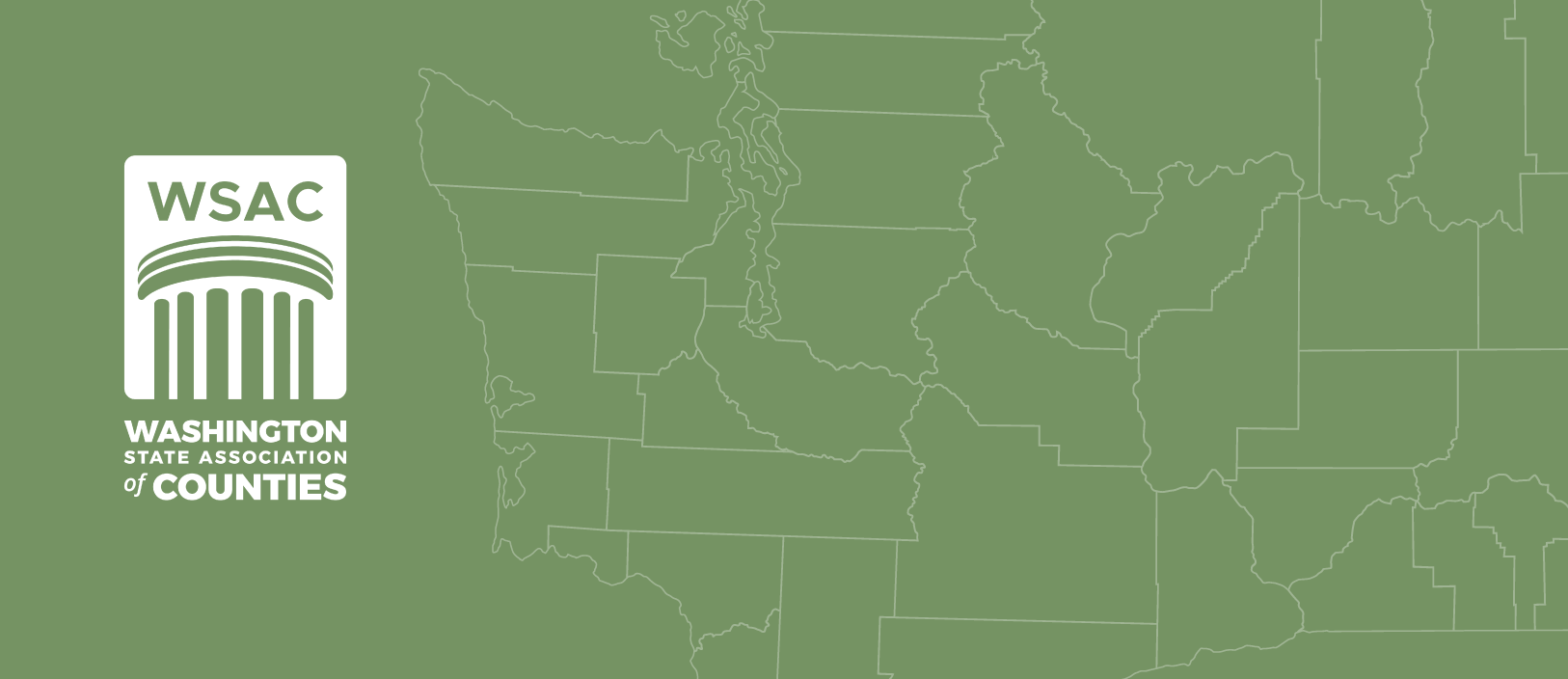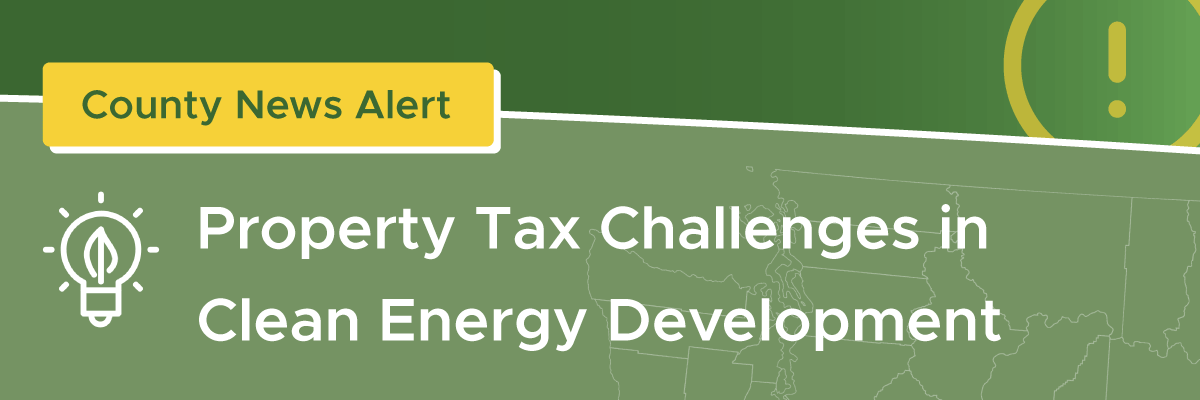August 24, 2021
Paul Jewell, Policy Director
360.489.3024
Seabird Costs Counties and Schools $17.3 Million and 220 Jobs Annually
- Conservation measures adopted by the Washington Department of Natural Resources to comply with the Federal Endangered Species Act (ESA) and conserve habitat for the marbled murrelet cost rural counties and other junior taxing districts, such as schools and fire districts, $1.265 million every year in direct revenue and $17.3 million every year in county-wide income.
- The same measures also result in the loss of 220 jobs per year.
- While all Washington residents garner the benefits of meeting the requirements of the ESA, the costs are paid for and borne by specific rural communities that can least afford it.
Olympia, WA, August 24, 2021 – A recent study by the Washington State Association of Counties (WSAC) shows the cost for growing and maintaining habitat for the marbled murrelet, a small seabird listed as a federally threatened species, is over $17.3 million, and 220 local jobs every year. The costs and job losses are the results of reduced timber harvest on state trust lands. State trust lands are certain publicly owned lands that are managed to produce non-tax revenue for beneficiaries, like counties, schools, and other public institutions.
This recent report identifies another blow to counties, schools, fire services, libraries, and other local services that rely on funding from timber harvest on state trust lands. Another recently published study (Trust Land Performance Assessment, Deloitte, September 30, 2020) on trust land performance noted that 40% of all state trust lands managed for timber are already off-limits to harvest due to the spotted owl, riparian protections for water quality, and fish, and other conservation measures. Because of those limitations, only about 37% of the timber volume grown on state trust lands is harvestable. While such restrictions are important, they continue to undermine a funding model that provides resources for critical local services.
The Washington State Department of Natural Resources (DNR) manages the trust lands that benefit counties, schools, and other institutions. Like private landowners, DNR must meet the federal Endangered Species Act (ESA) requirements on the property it manages. To comply with the ESA, the DNR developed a State Lands Habitat Conservation Plan (HCP) in 1997 that allows them to continue harvesting timber while maintaining specific policies to protect habitat for listed species. The DNR recently amended the HCP in December 2019 with long-term strategies to protect marbled murrelet habitat by setting aside certain lands from timber harvest.
A key finding in the study is how inequitably the impacts are distributed across the state. Although the benefits of meeting legal obligations while preserving the species accrue broadly to all Washington residents, the financial costs and job losses occur only in certain counties. Most of the negative impacts primarily affect three counties – Clallam, Wahkiakum, and Pacific. In every case, the counties with the most harmful effects are where residents have some of the lowest per capita income compared to other Western Washington counties. Additionally, those counties are some of the least economically diverse and are heavily dependent on resource-based industries for economic health and employment. The analysis also considered potential financial benefits, including enhanced ecosystems services like carbon storage, public access, or watershed protection but could not quantify any measurable results.
The 2019 HCP Amendment to implement a long-term conservation strategy for the marbled murrelet was not the first time DNR has imposed habitat protections. Since 1997, an Interim Strategy for marbled murrelets has been in place. The study also analyzed the impacts of the Interim Strategy and estimated that it cost over $15.1 million and 190 jobs annually. Over the 23-year term, the Interim Strategy cost over $376 million in lost revenue and community income to the same rural counties, schools, fire districts, hospital districts, and libraries.
“Counties support conservation, maintaining a healthy environment, and complying with federal laws, and we all share in the benefits of those efforts,” stated Eric Johnson, WSAC Executive Director. “But it is simply wrong to have residents in just a few rural counties bear the full costs of meeting these values we all share. Everyone must share equally in this responsibility.”
The study was funded by WSAC and contracted for technical analysis with Mason Bruce & Girard, a private firm providing natural resources consulting services, and Highland Economics, a private environmental and natural resource economic consulting firm. A project steering committee oversaw the process and included representatives from WSAC, the DNR, the Washington Environmental Council, the Washington Forest Protection Association, and the Washington State School Directors Association.
The Washington State Association of Counties serves as the voice for Washington’s counties. Created in 1906, WSAC is a voluntary, non-profit association serving all 39 counties in Washington State. WSAC members include elected County Commissioners, Council Members, Councilors, and Executives.
Project Steering Committee Members:
Skagit County Commissioner Tom Lannen Lannen@co.skamania.wa.us
Clallam County Commissioner Randy Johnson RJohnson@co.callam.wa.us
Mike Buffo (DNR) Mike.buffo@dnr.wa.gov
Max Webster (Washington Environmental Council) max@wecprotects.org
John Ehrenreich (Washington Forest Protection Association) Jehrenreich@wfpa.org
Brian Sims (WSSDA) ciderhouseconsulting@gmail.com
Consultants:
Mark Rassmussen, Mason Bruce & Girard Mrassmus@masonbruce.com
Barbara Wyse, Highland Economics Barbara.wyse@highlandeconomics.com



